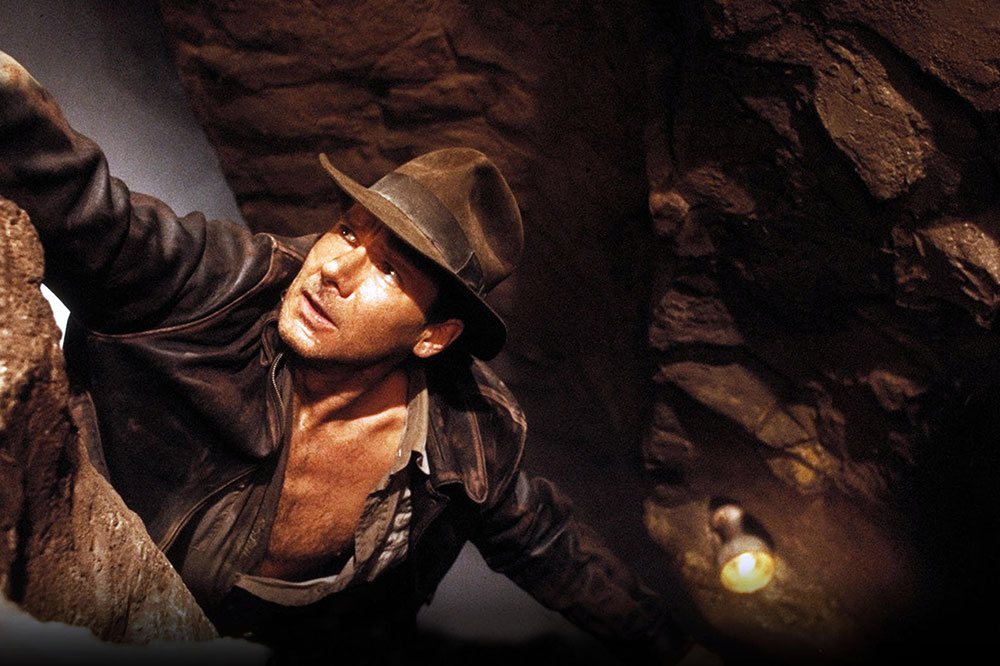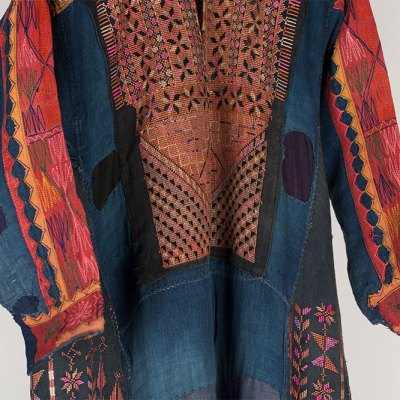Introducing Rakewell, Apollo’s wandering eye on the art world. Look out for regular posts taking a rakish perspective on art and museum stories.
As cinemagoers know, Indiana Jones is close to godliness. In his first incarnation (spoiler alert) we see him track down the Ark of the Covenant and also witness its opening. Despite the Bible’s insistence that Moses was forced to leave the land of his birth, Indiana discovers the ark in the cradle of all ancient Hollywood artefacts: Egypt. Of course many real archaeologists regard their more famous fictional colleague not as an archaeologist, but as a treasure hunter – and Raiders of the Lost Ark doesn’t exactly prove them wrong. Jones is sent by the US government to recover the ark before the Nazis can find it. It just comes as a bit of a surprise that the Germans seem to be everywhere in Egypt in 1936..
Rakewell is concerned by another aspect of Indiana Jones’s adventures. The new film, Indiana Jones and the Dial of Destiny, is set in 1969. As anyone with an interest in the antiquities trade knows, this was a period of great change. It was the last year before the ratification of the UNESCO 1970 Convention to combat the illegal trafficking of cultural properties. While Jones has an undeniable interest in some fairly important ancient artefacts (the Ark of the Covenant, the Sankara stones, the Holy Grail), it is unclear how he might navigate such stringent requirements. It does not appear that his understanding of legal ownership stretches beyond the belief that possession is nine tenths of the law. After all, this is an archaeologist who uses a whip more often than a trowel.
The most egregious example of Jones’s methods occurs in Raiders of the Lost Ark when he breaks into a Nazi camp and finds a model of the temple where he suspects the ark is. Through the careful brushing away of sand, he reveals a hieroglyphic inscription and a stand for a staff that reveals the whereabouts of the ark in the larger pyramid complex. He then breaks the staff so that no Nazi – or anyone else – might find it.
Later films are even more disappointing to anyone looking for guidance on archaeological good practice. Seeking the Holy Grail involves lots of castles, interpreting clues and escaping booby traps. The Kingdom of the Crystal Skull seems to confuse archaeology with xenoarchaeology so perhaps least said soonest mended. We can only hope that the Archimedes Dial fares better in Indiana Jones and the Dial of Destiny.
However, modern-day practitioners might find inspiration in an unlikely place. There’s no denying the incredibly dodgy aspects of Temple of Doom. But let us not forget Jones’s mission: to return sacred stones to the tribe to whom they have long been sacred and who worshipped them before an evil priest stole them for his own, child-sacrificing, ends. Perhaps Indiana Jones was actually ahead of the game when it comes to restitution?
Got a story for Rakewell? Get in touch at rakewell@apollomag.com or via @Rakewelltweets.




